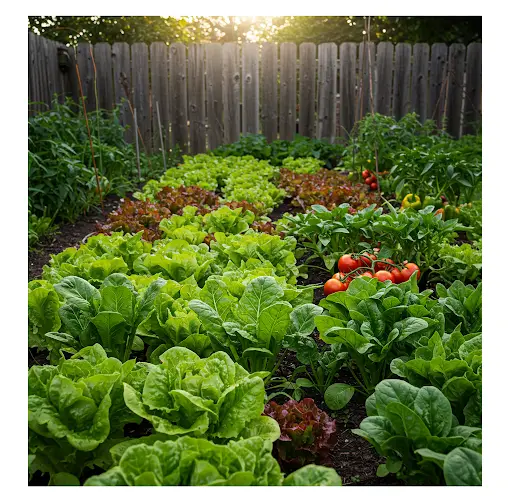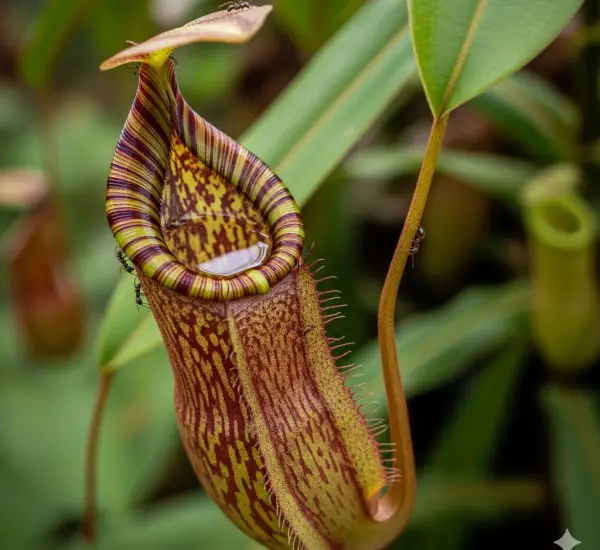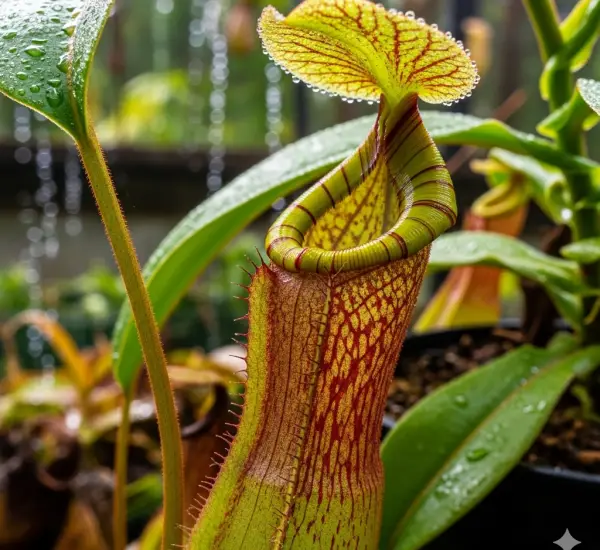How to Make a Powerful Homemade Liquid Fertilizer for Explosive Plant Growth
Imagine a natural mixture so potent it’s like a super drink for your plants—a magic potion that helps them grow big, strong, and vibrant. This homemade liquid fertilizer delivers a powerful boost of essential nutrients, vitamins, and plant hormones that promote vigorous growth, whether you’re caring for tiny seedlings or mature, fruit-bearing plants. The result? Thicker stems, sturdier growth, and lush, productive foliage—all from a simple brew you can make at home.
Let’s explore how to create this nutrient-rich fertilizer using weeds, leaves, and tomato suckers—all of which you can easily gather from your garden.
Why This Fertilizer Works
This natural fertilizer works because it contains everything plants need:
-
Nitrogen for leafy green growth
-
Phosphorus to support root development and flower production
-
Potassium for overall plant strength and fruit quality
-
Amino acids, vitamins, and hormones to stimulate growth, increase resilience, and enhance nutrient absorption
Tomato suckers, for example, are packed with the same nutrients a tomato plant requires. When you use plant material from the same species you’re growing, you’re essentially recycling the plant’s ideal nutrient profile.
What You’ll Need
-
A 5-gallon bucket
-
A variety of fresh weeds (dandelions, clover, grass clippings, etc.)
-
Tree leaves (fresh or fallen)
-
Tomato suckers and leaves (especially if you’re fertilizing tomatoes)
-
Garden shears or a shredder
-
Water (non-chlorinated if possible)
-
A stirring stick or shovel
-
A lid or breathable cloth to cover the bucket
Step-by-Step Guide
1. Gather Organic Materials
Collect fresh weeds from your yard or garden. Dandelions, clover, grass clippings, and similar soft, leafy weeds are ideal. Avoid plants that have been treated with herbicides or pesticides. Add fallen tree leaves, kitchen vegetable scraps, or fresh pruned branches. If you’re fertilizing tomatoes, add plenty of tomato suckers and leaves—they contain the nutrients tomato plants thrive on.
2. Chop into Small Pieces
Use garden shears or a shredder to chop everything into small pieces. Smaller pieces break down faster and release nutrients more quickly into the water.
3. Fill the Bucket
Place all your chopped plant material into the 5-gallon bucket. Fill the bucket with water until the organic material is completely submerged.
4. Stir and Cover
Use a stick or shovel to mix the contents well, ensuring all the material is soaked. Then cover the bucket with a lid or a breathable cloth. This keeps out pests and debris while still allowing gases from fermentation to escape.
5. Let it Ferment
Place the bucket in a sunny, warm spot outdoors. Let the mixture ferment for 2 to 4 weeks. Stir it every few days to help oxygenate the water and speed up decomposition. Over time, the mixture will develop a strong smell—this is a sign that it’s rich with microbial life and nutrients.
How to Apply the Fertilizer
After about 3 to 4 weeks, your homemade liquid fertilizer will be ready for use.
Dilution
Before applying it to your plants, dilute the concentrated mixture. A good rule of thumb is:
-
1 part fertilizer to 10 parts water
This reduces the risk of overwhelming or burning delicate plants.
Application Methods
-
Soil Drench: Pour the diluted solution around the base of plants, allowing the roots to absorb the nutrients directly.
-
Direct Application (Undiluted): For very strong or mature plants, a small amount of the concentrated solution can be poured near the base. Use sparingly to avoid nutrient overload.
-
Container Gardens and Pots: This fertilizer is perfect for potted plants as well. Apply during regular watering schedules.
Apply every 2–3 weeks during the growing season for best results.
Benefits of Homemade Liquid Fertilizer
-
Cost-effective: Uses materials you already have on hand
-
Environmentally friendly: Recycles garden waste into valuable nutrients
-
Customizable: Add materials specific to the plants you’re growing
-
Full of life: Rich in beneficial microbes that improve soil health and structure
-
Encourages bigger yields: Plants grow stronger and produce more flowers and fruit
Final Thoughts
Creating liquid fertilizer from weeds, leaves, and tomato suckers is a simple, eco-friendly way to support your garden throughout the entire growing season. Whether you’re growing vegetables, herbs, or flowers, this nutrient-packed solution boosts your plants’ health naturally and effectively. With just a bit of time and garden leftovers, you can make a powerful fertilizer that will help your garden thrive like never before.




